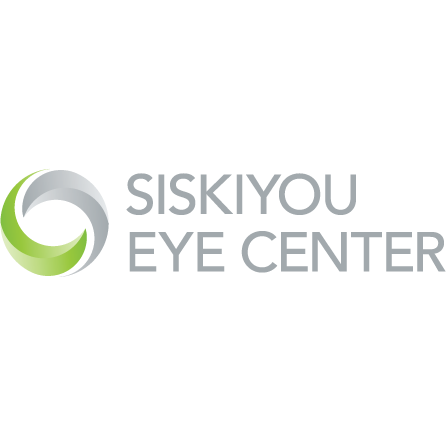
The cornea of a normal eye is round like a basketball. All light passing through the eye is refracted – or bent – equally, resulting in a clear image.
An eye with astigmatism has an elliptical cornea that is shaped more like a football, with some areas that are steeper or more rounded than others. This causes light passing through the cornea to bend at different angles depending on where it passes through the cornea. As a result, images may appear blurry or stretched out.
Symptoms
- Headaches
- Eyestrain
- Squinting
- Distorted or blurred vision at all distances
- Difficulty driving at night
Treatment Options
Astigmatism can be corrected with eyeglasses, contact lenses, or astigmatism correction surgery. Individual lifestyles affect the way astigmatism is treated. Siskiyou Eye Center will help you decide the best treatment option for you.
Corrective Lenses
Prior to surgery, astigmatism is conventionally treated by glasses or contact lenses. Without glasses the eye cannot focus accurately and vision will be less sharp.
Refractive Cataract Surgery
Surgery aims to correct astigmatism by correcting the shape of the cornea. This can be accomplished with Limbal Relaxing Incisions, which are small incisions in the limbus that help normalize the curvature of the cornea. This procedure can be done independently, or in conjunction with cataract surgery.
Another treatment for patients with astigmatism that are having lens implants during cataract surgery is a Toric Lens implant. The lens implant is rotated precisely within the eye to align with the direction of the corneal curvature. This is a highly effective treatment for reducing astigmatism and reducing the need for glasses or contacts.
